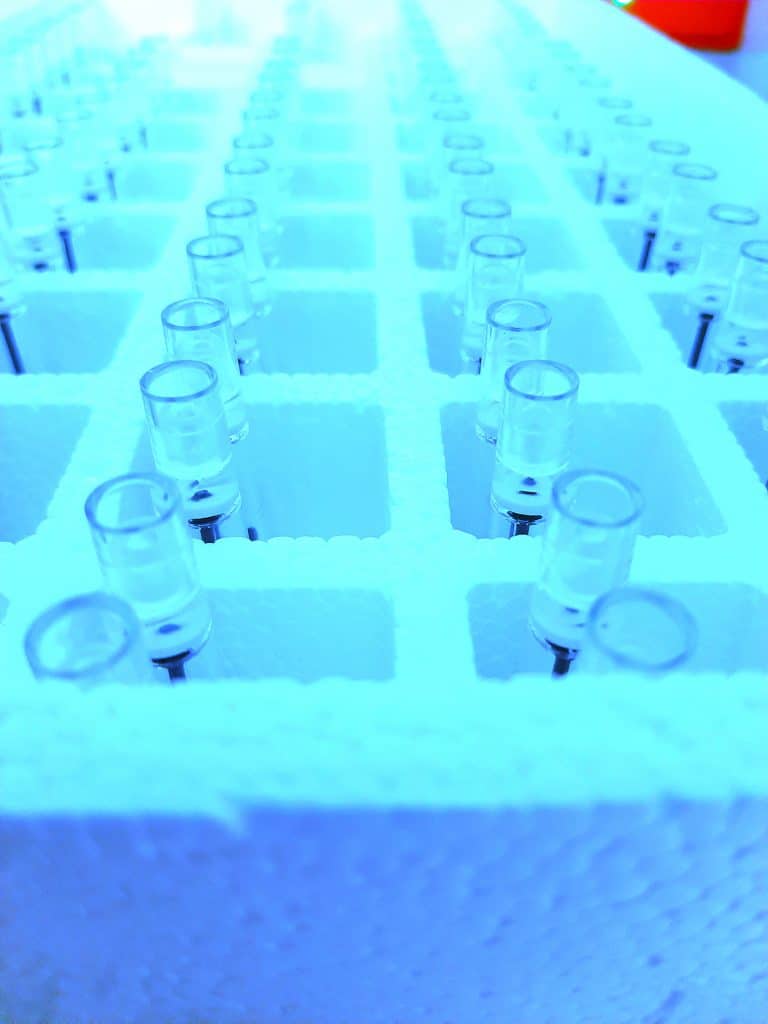Device-Induced Hemostatic Disorders in Mechanically Assisted Circulation

Mechanically assisted circulation (MAC) sustains the blood circulation in the body of a patients undergoing cardiac surgery with cardiopulmonary bypass (CPB) or on ventricular assistance with a ventricular assist device (VAD) or on extracorporeal membrane oxygenation (ECMO) with a pump-oxygenator system. While MAC provides short-term (days to weeks) support and long-term (months to years) for the heart and/or lungs, the blood is inevitably exposed to non-physiological shear stress (NPSS) due to mechanical pumping action and in contact with artificial surfaces. NPSS is well known to cause blood damage and functional alterations of blood cells. In this review, we discussed shear-induced platelet adhesion, platelet aggregation, platelet receptor shedding, and platelet apoptosis, shear-induced acquired von Willebrand syndrome (AVWS), shear-induced hemolysis and microparticle formation during MAC. These alterations are associated with perioperative bleeding and thrombotic events, morbidity and mortality, and quality of life in MCS patients. Understanding the mechanism of shear-induce hemostatic disorders will help us develop low-shear-stress devices and select more effective treatments for better clinical outcomes.
